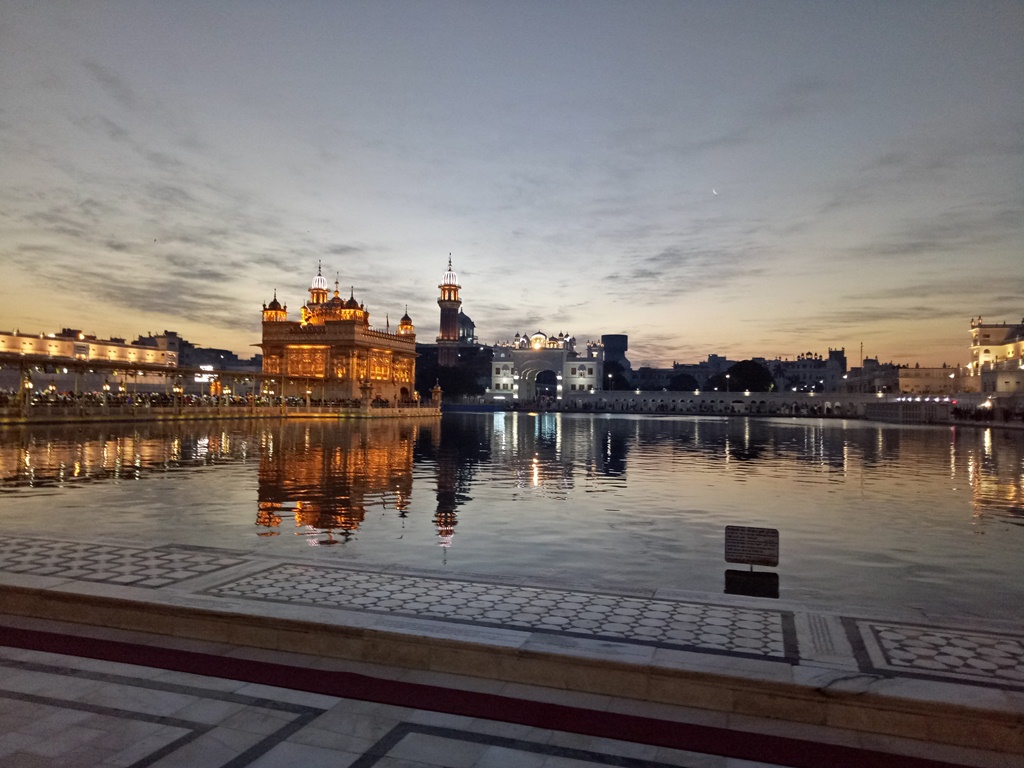Submitted by Pappal Suneja
Relevance of Travel in Architecture
India Architecture News - Jan 03, 2018 - 23:58 29978 views

Aerial View of Sagara Resort, Kovalam Beach Trivandrum, Kerala (Shot from the Light House)
To travel is to make a journey; but what would a journey be, if the traveler doesn’t grow through it? Wouldn’t that equal just moving from one place to the other, without really gathering a thing? It certainly would. And when we are talking about traveling to explore architecture, it becomes imperative that an architecture student must learn that traveling becomes analogous to growing in their world. In the following few paragraphs, we would discuss more why it is necessary to travel if you are into architecture and how to make your travel count in the simplest of ways.
It is known that every architectural masterpiece has an innate essence and an aura, that a person can feel while standing in its chambers or while absorbing the magnificence, in person. For aspiring architects, it is necessary that they understand what it is to observe the intricacies of a work, which might easily get overlooked if we try and explore the same through a video or some photographs. Traveling, for them, is much more than just an experience; it is more like understanding the transition of spaces: how one space segues into the other.

One of the fenestrations at the Jahaz Mahal Complex, Mandu, Madhya Pradesh
In the jargon, traveling corresponds to understanding the outlook of the building, be it any façade treatment that has been done, due to the orientation that has been taken for the particular building.
Further, Living in the diverse nation that we do, various architectural styles have come up, owing to the various cultures and one transitioning into the other; this has also led to the evolution of time period, which can be noticed in the works of art created long back. Needless to say, architecture goes way beyond aesthetics into comfort, which derives its nature from the climatic variations of a place leading to a unique façade treatment for a particular place.
During travel, it is innate to meet people native to a place. Who could be better to know a place, the virtues and the demerits of a place than the people who inhabit it?! There is a vast amount of knowledge that can be extracted from those people itself, about the comforts and discomforts that the place has been providing them with, over the years. They could also tell about the factors to be altered to provide them a better lifestyle, allowing expanding the horizons of what is present. It can also be summed up as celebrating past or tradition while keeping in mind the present needs and the technology now available, and how it can be used to make places even more appealing and comfortable for the benefactors. Talking about benefactors, who are the most affected parts of any deal, each one of them has a different activity pattern set for throughout the day which they find comfortable. Traveling gives, to the architects, an insight into the lifestyles of various people; and thus, observing that proves beneficial in making an artwork humane centric while giving a sense of direction to thoughts on how to vary the present design for a future one.
 Golden Temple, Amritsar: an epitome of timeless architecture
Golden Temple, Amritsar: an epitome of timeless architecture
Traveling opens doors to timeless architecture. There are monuments and buildings that have stood past the vagaries of time, and they were conceived back in the day when technology was minimal. So, it becomes essential to observe how a sense of rhythm, harmony, and balance was achieved, despite the deficiency of equipment used for procuring building materials. Most of such structures display intricate carvings, which highlight skill, patience, and perseverance, which existed in the mindset then. We cannot exactly correlate with the people of those times, but what we can do is observe how skill was made use of with limited resources. Take for example the comfort that traditional buildings seem to provide: the air ventilation mechanisms are yet to be known. It is known that as an architect, the more that you know, the more you can experiment; and being well traveled would give that experience to you.
Extension of personalization is another aspect that traveling opens the doors to. Any building or structure has a personal touch of its own, and the moment we step outside and there is a need for a communal space or that of some public value, personalizing the area to make it comfortable to the populace becomes important. Here, comfort might refer to any sitting area, or a basic facility or amenity, or a small water cooler in the common area etc. All these acts as flairs that could serve the visitors or the inmates equally. The necessity of such amenities like the presence of water nearby can be derived from how the in the early days, civilizations like the Harappa, Mohenjo-Daro, Indus Valley, all settled meandering certain sources of water. Zigzag pathways and roads hadn’t been planned; only mutual shading was one of the factors of relief in the composite climate to cater to the extremities of climate. On the contrary, there are places just with reverse climatic conditions. All of this leads to us believing that we are unique in our own separate ways, with varied minds. And when we travel, we learn how every one of us is just as unique and hence, we could well understand the psyche of another person, which would further help us in designing with a tinge of personalization in our work. Additionally, this would not be a single entity, but in unison, when we understand and when we will do it.
All Images © Pappal Suneja